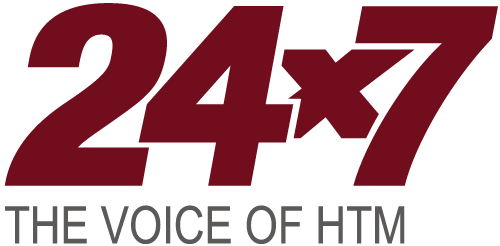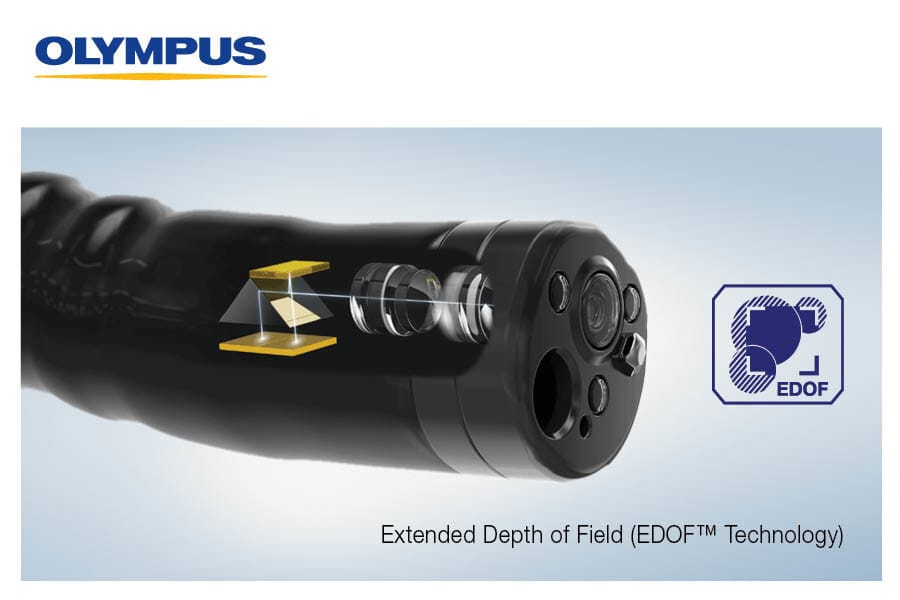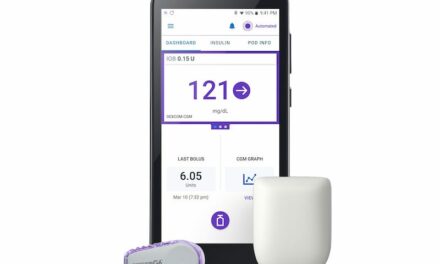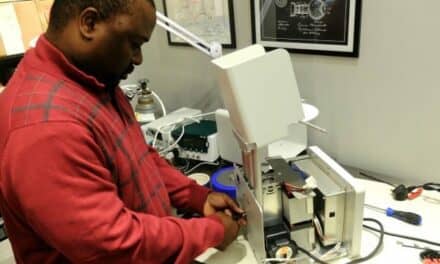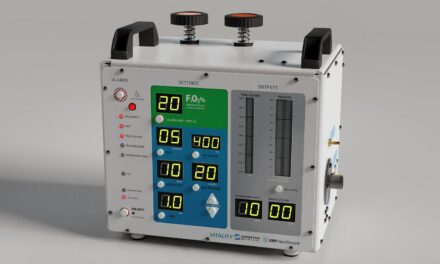The gastroscope and colonoscope use Extended Depth of Field technology to improve image clarity during GI procedures.
Olympus announced it has received US Food and Drug Administration 510(k) clearance for its EZ1500 series endoscopes featuring Extended Depth of Field (EDOF) technology.
EDOF endoscopes—the GIF-EZ1500 gastroscope and the CF-EZ1500DL/I colonoscope—represent Olympus’ latest innovation as part of the EVIS X1 endoscopy system. By allowing physicians to obtain sharp images, EDOF technology allows an entire lesion to be kept in focus and may aid in detection as endoscopists inspect the mucosal lining of the GI tract.
According to Olympus, EDOF technology creates an image in total focus by using two prisms to split light entering the endoscope lens into two separate beams with near- and far-focused images. Those beams are then projected simultaneously onto an image sensor, combining them into one image with a wide depth of field.
Compared to the previous generation of Olympus scopes, Olympus says this technology provides improved visibility and less blurring. The EZ1500 series EDOF scopes allow for closer distance in normal mode compared to the CF-HQ190L/I—3mm versus 5mm—without blurring, limiting the need to switch from normal to near mode.
Imaging Modes and Ergonomic Design
The GIF-EZ1500 gastroscope and the CF-EZ1500DL/I colonoscope also feature a lightweight ErgoGrip control section and compatibility with Texture and Color Enhancement Imaging (TXI), Red Dichromatic Imaging (RDI), and Narrow Band Imaging (NBI) technologies when connected to the EVIS X1 CV-1500 video system center.
The ErgoGrip control section of EVIS X1 endoscopes is 10% lighter than the 190 series scope control section and features a rounded handle and easy-to-reach angulation control knobs and switches to accommodate users with small hands and support scope maneuverability.
“Our goal is to elevate the standard of endoscopy, and Extended Depth of Field technology represents Olympus’ most advanced scope technology to help physicians drive the best clinical outcomes for advancing gastrointestinal procedures,” says Kurt Heine, senior vice president and general manager for gastrointestinal solutions at Olympus, in a release.
TXI, RDI, BAI-MAC and NBI technologies are not intended to replace histopathological sampling as a means of diagnosis. These are adjunctive tools for endoscopic examination that can be used to supplement Olympus white light imaging.
Photo caption: Olympus announces FDA 510(k) clearance of its EZ1500 series endoscopes featuring Extended Depth of Field (EDOF) technology as part of the EVIS X1 endoscopy system
Photo credit: Olympus
